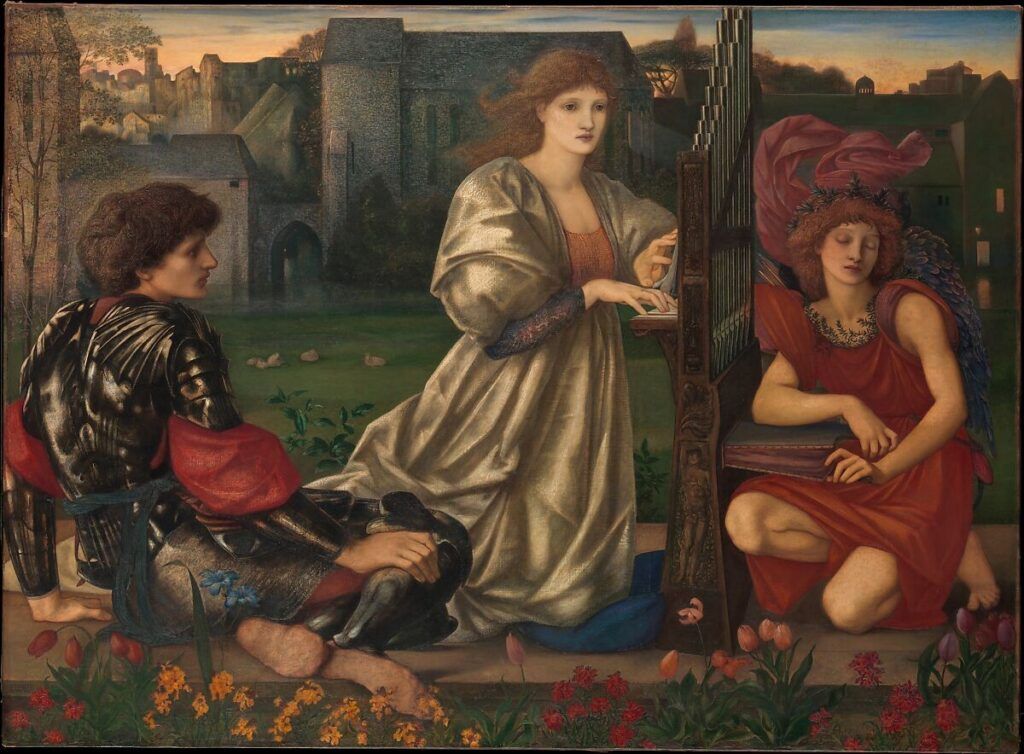When you think about what makes art valuable, its history plays a big part. This story behind the piece—who made it, owned it, showed it off, wrote about it, or gave it a price tag—adds to its worth. Keeping track of all this through documents is key to keeping its true value safe.
If those records get lost, figuring out an artwork’s full journey becomes tough. Luckily, now there are ways online for collectors to easily keep and find these important stories for their prized pieces.
Artwork Provenance and Value
Knowing an artwork’s full story can really increase its value in the art world. Think of it like this: if you have all records about who made it, who has had it, where it was shown or talked about, and how much people thought it was worth before – that’s gold! Don’t forget to keep these details safe online, too.
If anything gets lost over time, figuring out the piece’s background might become a big puzzle. Say you get some cool art today; jot down everything right away. Not everyone does this from day one, so sometimes finding information later turns into quite a search.
Digging into their histories—provenance work—you find out why they stand out. This process isn’t only about fame or getting high prices at the auction of my paintings. It tells us stories from times gone by through objects passed along many hands across centuries, maybe due to wars or simply being forgotten and then found again.
Historical Significance in Art Valuation
Know the history of art before buying it. Make sure it comes with a certificate that proves it’s real, known as a Certificate of Authenticity (COA).
It should be made by the person who created the work or their family after they pass. This document makes your piece more valuable because it shows it’s genuine. An artist’s signature adds worth, too, but it isn’t enough alone to prove value.
There was a court case where someone sold fake artwork using false proof of origin, showing that even big sellers could get caught in fraud cases. It’s good for buyers to check artworks to ensure they are real before buying them and ask experts for help if needed. That way, you won’t get into legal trouble over fake pieces.
Market Trends Influencing Art Sales
Several key elements in today’s art market shape how artwork is sold and valued. First off, an artist’s reputation matters a lot. Things like great reviews, showing their work often, winning awards, and catching the eye of collectors help build this standing.
Also crucial is where you buy and sell art – through galleries, auctions online or offline, they all influence who gets to see what artwork, which impacts sales. Promotion works wonders as well, ensuring artists get noticed far beyond their local scene thanks to publicity campaigns across media platforms, including social media. Some individuals look at buying artworks as investing, aiming for pieces that will grow in value over time, considering both economic conditions and individual artist popularity before diving in.
Lastly, authenticity proves vital since knowing an artwork’s true origin adds big-time value, making those pieces sought after by buyers wanting assurance that what they invest in is genuine. All these aspects make the selling side of things quite lively, responding quickly to shifts. Keeping pace with these changes becomes essential for anyone successfully retailing art. Visit blackwellauctions.com for more information.


